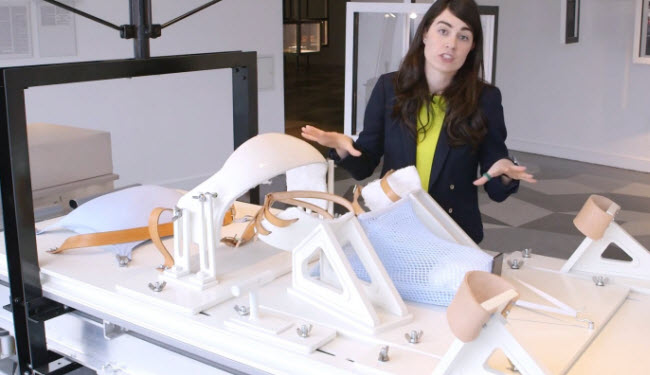Childbirth is one of the most magical moments among living beings, representing the emergence of new life. However, it is also a very delicate and even painful moment for mothers. With this in mind, a couple of inventors came up with a “great” idea: strap pregnant women to a table, spin them at high speed, and propel the baby out.
Thus, the concept of the Blonsky Device was born—a machine that would use centrifugal force to literally launch babies into the world. The concept was developed and patented in the 1960s after observing elephant births, but it was never actually used due to its ridiculous nature. Learn more about this case!
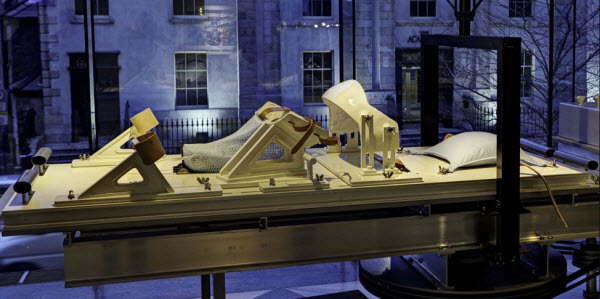
New Childbirth Technology
For centuries, women giving birth faced high chances of dying during delivery. According to reviews of historical data, more than one in every 100 pregnant women died during childbirth before the era of modern medicine. Since it was common for families to have multiple children, the risk increased with each pregnancy.
In the 19th and 20th centuries, new technologies emerged promising to completely revolutionize the childbirth process—saving many lives. For example, simply washing hands before procedures or developing anesthesia was enough to make the experience less torturous.
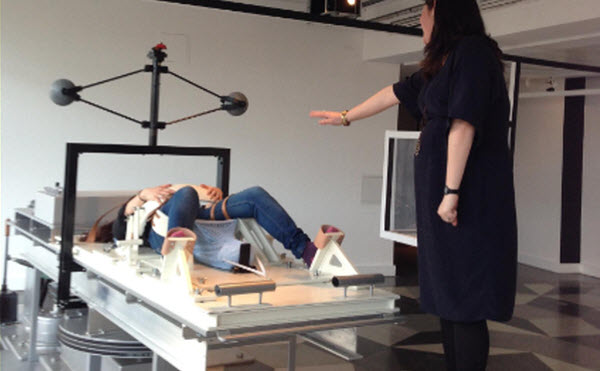
But that was still not enough. With this in mind, the couple George Blonsky, a mining engineer, and his wife Charlotte Blonsky decided it was time for the next step. Although they had no children, they were frequently seen at the Bronx Zoo, where the first idea for the Blonsky Device originated.
Inspiration from Elephants
In the early 1960s, the Blonskys witnessed the birth of an elephant calf. As they observed the animal’s labor, they came up with an idea for human childbirth. The elephant in question was spinning in wide, slow circles to give birth. George then deduced that the centrifugal force of the movement was what facilitated the birth of the 110-pound calf.
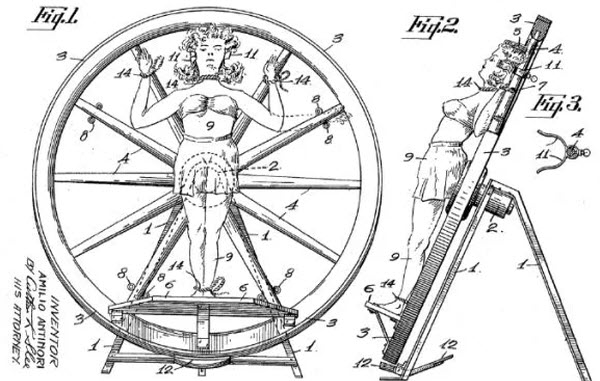
After numerous calculations, the engineer became convinced that his scientific insight could transform human childbirth. Consequently, George and Charlotte suggested creating a spinning apparatus that would provide “considerable propelling force” to expel the baby from the mother’s body. In their view, strapping pregnant women to spinning tables would facilitate the birth of any child and reduce stress.
During the operation, the device was supposed to gradually increase its speed until the predetermined force needed for childbirth was achieved. It did not take long for the Blonsky creation to face serious questions about safety.
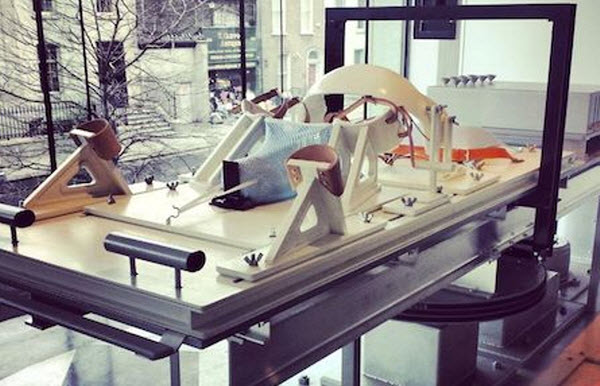
In addition to the fact that pregnant women would be physically strapped to a table, the device would need to be equipped with a net to catch the newborns. Fortunately for humanity, there is no record of this machine being used in history, and other, much safer and more effective medical technologies emerged.
